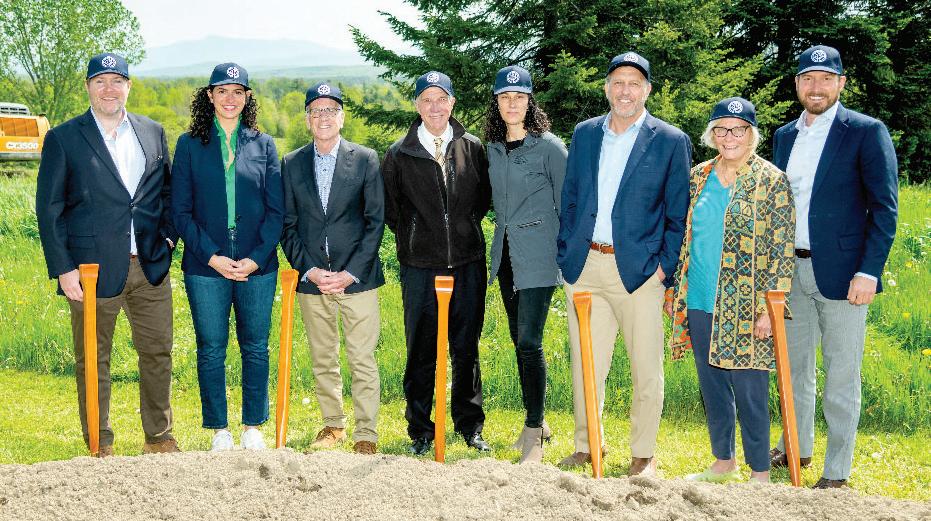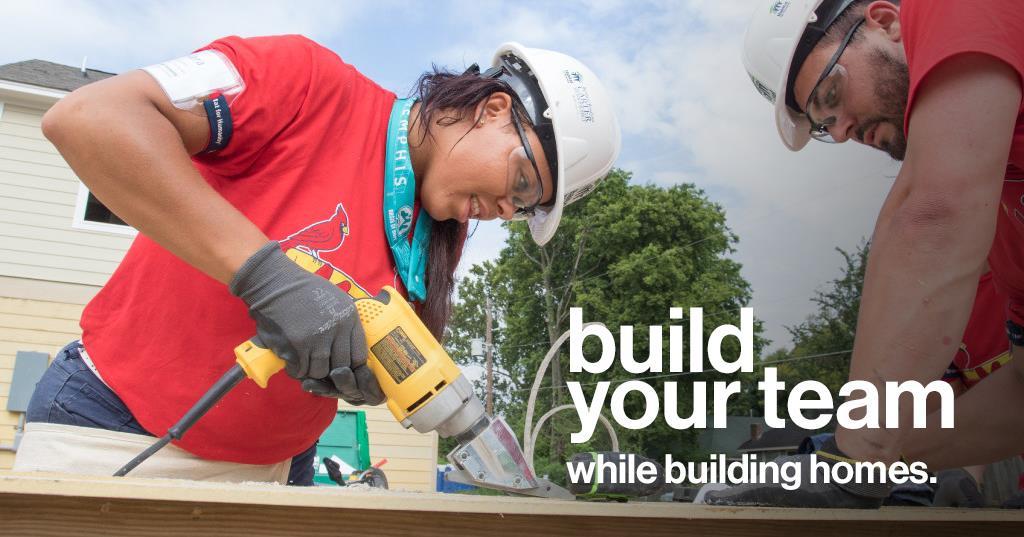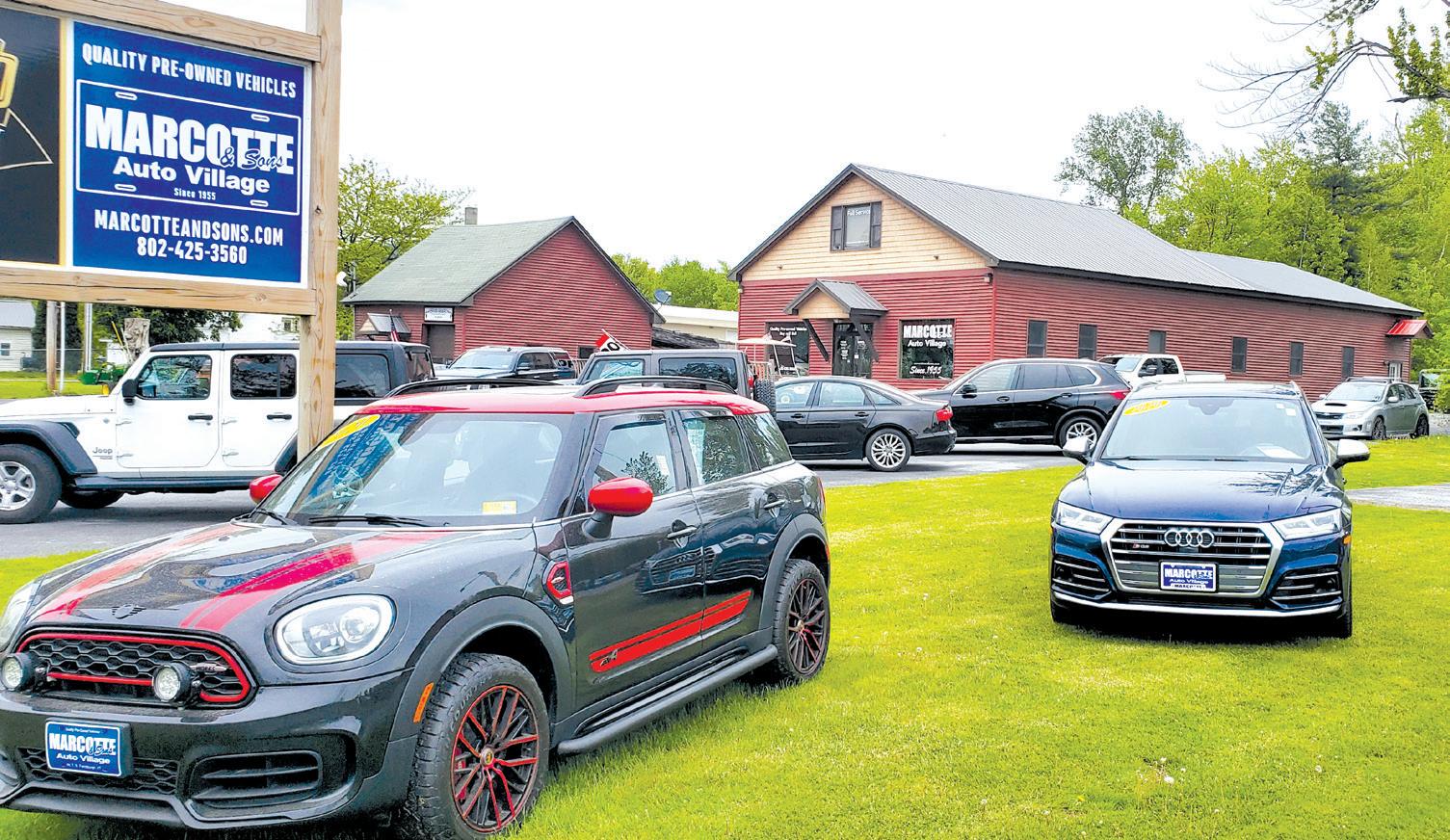
3 minute read
VT’s first fossil fuel-free community breaks ground
South Burlington-based real estate developer and homebuilder O’Brien Brothers broke ground in May on what will be Vermont’s first 100 percent fossil fuel-free community. Backed up by in-home and onsite battery storage, the homes in the neighborhood will be sustainable, climate resilient and protected from severe weather and power outages.
The homes will be constructed to the U.S. Department of Energy’s Zero Energy Ready Home standard and Energy Star certified — to be verified by third-party energy consultants.
O’Brien Brothers is a family company that dates back to 1958. Its portfolio of properties includes developments in Burlington, South Burlington, Shelburne, Williston and Colchester. O’Brien Brothers collaborated with Green Mountain Power, Coldwell Banker Hickok & Boardman, Northfield Savings Bank and Efficiency Vermont on the new project — known as Hillside East at O’Brien Farm
All 155 homes in the neighborhood will operate entirely on clean electricity without fossil fuel infrastructure; there will be no gas
Book your Habitat for Humanity build day!


Now scheduling teams for Manhattan Drive in Burlington.

lines or above- or in-ground fuel tanks. All of the homes will have rooftop solar arrays, Tes- la Powerwalls for backup battery storage and carbon-free electricity from Green Mountain Power.
“Vermonters are facing two overlapping challenges: a dire housing shortage and the ongoing climate crisis,” Sen. Peter Welch said at the ground-breaking. “This project helps tackle both problems head-on, creating more than 150 100 percent fossil fuel-free homes using Inflation Reduction Act tax credits. It’s the kind of ambitious project we need more of — in Vermont and across the United States.”
Gov. Phil Scott said of the project: “My administration has made investing in housing a top priority, which is why it’s great to be at Hillside East to see firsthand the progress that’s being made. We know there is much more work to do, and I want to thank O’Brien Brothers, Green Mountain Power and Sen. Peter Welch for their commitment to Vermont.”
For more information on the project visit hillsidevt.com.
For complete details or to sign up, visit vermonthabitat.org.
Tree Planting
continued from page 8
“The community events, while small in scale, can be the difference between someone not having ever thought about reforestation and tree-planting to potentially pivoting and changing the direction they end up going in,” Global Director of Projects Aaron Minnick said.
One Tree Planted came to the environmental nonprofit scene in 2014 and has quickly grown into one of the big players in global reforestation and forest restoration.
This is the second year One Tree Planted has provided a grant to the Intervale Center to plant trees in April — recognized by some environmental groups as Earth Month.
“Last year, we did over 100 different events just in the month of April globally. I think this year we blew past that,” Minnick said.

Last year, the Intervale Center organized tree planting on “marginal farmland,” Murdoch said — land deemed too risky for agriculture due to the threat of increased flooding from the Winooski River.
“Instead of just mowing (those areas) year after year,” the Intervale Center and Audubon Vermont worked together to create ecosystems that would serve as bird habitat and boost flood resilience, Murdoch said.
One Tree Planted has some 400 planting partners, but very few are in Vermont.
“It’s harder to do projects because there just isn’t as much need,” Minnick said of the state cult for large scale reforestation,” she said. “Plus, there’s a lot of natural regeneration that comes back in. The forests are fairly robust. In that sense, it’s not a priority area for reforestation.”

North America contains the most projects in the organization’s portfolio, which Minnick attributes to a large amount of post-wildfire restoration work out West and in British Columbia. In Vermont, the focus tends to be on restoring riparian areas, which take up a smaller percentage of land. And because most land in Vermont is privately owned, the process to get trees in the ground can be complex.
Stephanie Clement
One Tree Planted and New England at large. “Forests sort of come back on their own. If there’s a field and someone decides not to plow it anymore, in a couple years, maples and everything just kind of come in. So the need for reforestation is a little lower.”
Stephanie Clement, the group’s project manager for the Northeast and Canada, agreed. With 78 percent of Vermont forested, “it makes it a little bit diffi-
That’s why One Tree Planted focuses on community-level efforts in Vermont, like the volunteer day along the Winooski River.
“We love putting trees in our public spaces; we like making nature a part of our cityscapes,” Clement said. “There’s such a desire to give back to the community. Folks are really interested in keeping those green spaces. We don’t necessarily take them for granted. So that sort of desire for volunteership, that giving back sense, I think that’s just built into Vermont DNA.”










